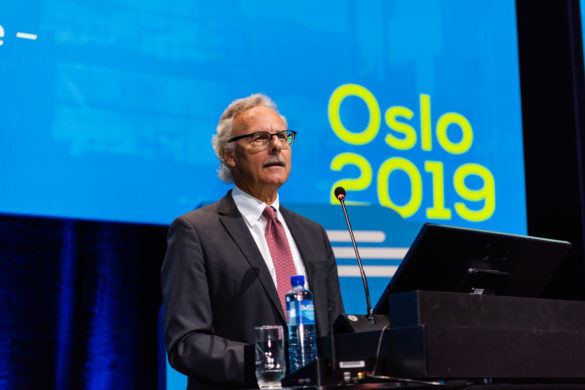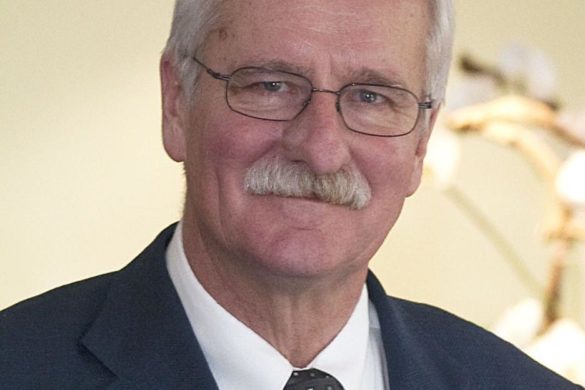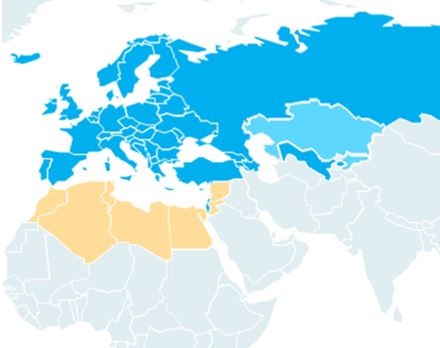Dr Tom Jenkins, Editor-in-chief, EAN website
This session, chaired by Professor Massimo Filippi, pitted two world-leading ALS neurologists against each other in a debate on the role of MRI in diagnosis. The session started with a poll of participants’ current views before the debate: 89% thought it was useful, and only 11% thought it was not. Dr Julian Grosskreutz from the University of Jena first made some convincing arguments for the motion. He pointed out that the inherent heterogeneity of ALS means that an imaging snapshot at a given timepoint is valuable. He also argued for an important role in excluding mimics, such as cervical cord compression. He stated that imaging features seen in ALS, such as corticospinal tract hyperintensity, motor cortical atrophy and susceptibility weighting can be combined to give a high positive predictive value for ALS, up to 0.9. Furthermore, imaging measures correlate with clinical measures such as the revised ALS functional rating scale questionnaire. Sensitive measures such as diffusion tensor imaging show changes outside clinically affected reasons and reflect disease accumulation and aggression. He argued that MRI will help to sub-phenotype ALS in more detail in the future.
Professor Martin Turner from the University of Oxford made strong counterarguments. He recognised the irony in being asked to argue against a role of MRI, given his background as a leading imaging researcher in ALS and founder of the Neuroimaging Society in ALS (NiSALS). He described the spectrum of ALS-related disease and the median diagnostic delay of 12 months. He argued that the main delays incurred were at the point of referral from primary care and waiting for investigations in secondary care. The occasional occurrence of diagnostically challenging cases was acknowledged but it was argued that ALS is generally recognisable clinically; published examples of mimics such as tongue cancer, Hirayama syndrome and multifocal motor neuropathy with conduction block should be differentiated on clinical grounds. Cervical radiculomyelopathy is common in ALS patients but rarely relevant; unnecessary surgery may outweigh benefits of a revised diagnosis, which is rare. More advanced imaging techniques were discussed, which may show evidence of occult upper motor neuron involvement or change in pre-symptomatic individuals. However, these techniques have not yet reached the clinical mainstream; potential reasons for this were discussed. The conclusion was that MRI may be useful in diagnosis only if there is a plausible alternative explanation on clinical grounds; the eyes and the tendon hammer are the tools to diagnose ALS.
A debate followed which covered various thorny issues such as incidental findings, parallels with multiple sclerosis diagnosis, and the future of advanced imaging techniques. The poll was repeated at the end of the debate; 60% thought MRI was useful in diagnosis, 33% thought not and 7% appeared unsure. So, a significant sway towards Professor Turner’s arguments, but Dr Grosskreutz maintaining the majority. Honours even.








